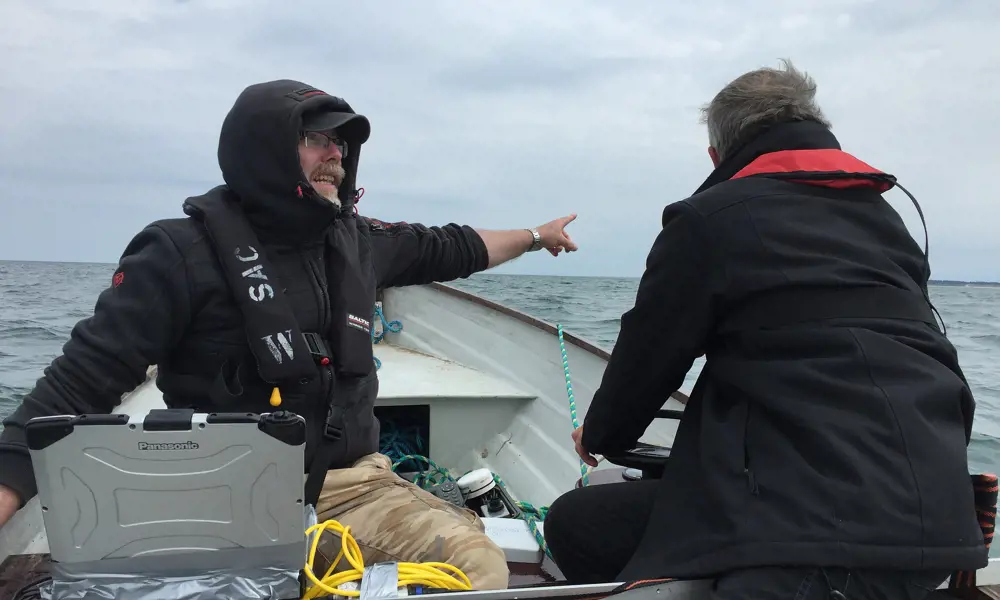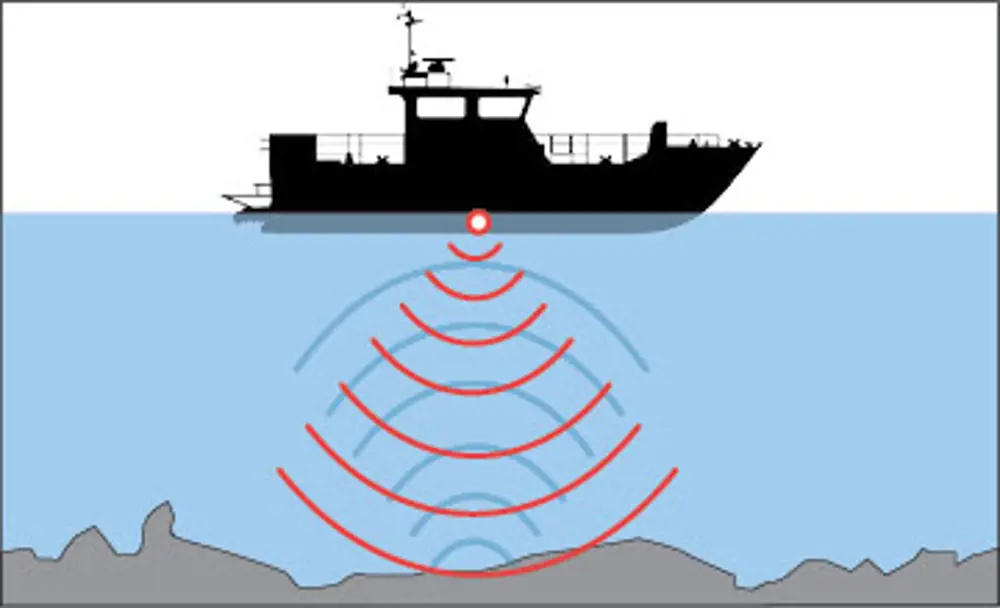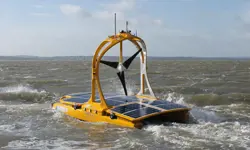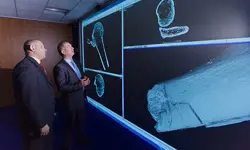
Hydroacoustics

Active sonar devices generate ‘pings’ to find objects, then await a returning echo to assess the size, range and orientation of the object
The ocean remains the earth’s most uncharted territory, but is now able to be accessed by hydroacoustics. This enables scientists, environmental researchers and military forces to understand more precisely what goes on under the sea’s surface.
At the heart of this study is sonar (SOund Navigation And Ranging) technology, which had its genesis during the latter stages of the World War I with the emergence of submarines – and the need to track them. Underwater objects generate sound-pressure waves that radiate in all directions. Changes in pressure are captured by manmade sub-surface sensing devices such as sonobuoys, widely used in oceanographic research, anti-submarine warfare and search and rescue activity.
A combination of frequency, wavelength and amplitude determine how we ‘see’ or ‘hear’ sound waves
A combination of frequency, wavelength and amplitude determine how we ‘see’ or ‘hear’ sound waves. The mechanical properties of water mean that sound moves faster in water than air, although water temperature and pressure also influence its speed through water. Higher sound frequencies yield better image resolution, but only over short distances, while lower frequencies provide poorer resolution but can travel much further.
Active sonar devices generate ‘pings’ to find objects, then await a returning echo to assess the size, range and orientation of the object. Passive devices, preferred by defence forces wanting to remain ‘invisible’ themselves, listen for sound waves emitted by underwater objects. Multiple passive arrays can pin down their quarry by utilising triangulation techniques.
With digital technology, miniaturisation and better hydrophones, these compact acoustic sensing devices are shrinking in size but growing rapidly in capability.
***
This article has been adapted from "How does that work? Hydroacoustics", which originally appeared in the print edition of Ingenia 64 (September 2015).
Keep up-to-date with Ingenia for free
SubscribeRelated content
Technology & robotics

When will cars drive themselves?
There are many claims made about the progress of autonomous vehicles and their imminent arrival on UK roads. What progress has been made and how have measures that have already been implemented increased automation?

Autonomous systems
The Royal Academy of Engineering hosted an event on Innovation in Autonomous Systems, focusing on the potential of autonomous systems to transform industry and business and the evolving relationship between people and technology.

Instilling robots with lifelong learning
In the basement of an ageing red-brick Oxford college, a team of engineers is changing the shape of robot autonomy. Professor Paul Newman FREng explained to Michael Kenward how he came to lead the Oxford Mobile Robotics Group and why the time is right for a revolution in autonomous technologies.

Digital Forensics
Laser scanning and digital prototyping can help the forensic investigation of crime scenes. Professor Mark Williams explains how his team’s technologies and expertise have helped solve serious crimes and aid the presentation of evidence to juries.
Other content from Ingenia
Quick read

- Environment & sustainability
- Opinion
A young engineer’s perspective on the good, the bad and the ugly of COP27

- Environment & sustainability
- Issue 95
How do we pay for net zero technologies?
Quick read

- Transport
- Mechanical
- How I got here
Electrifying trains and STEMAZING outreach

- Civil & structural
- Environment & sustainability
- Issue 95